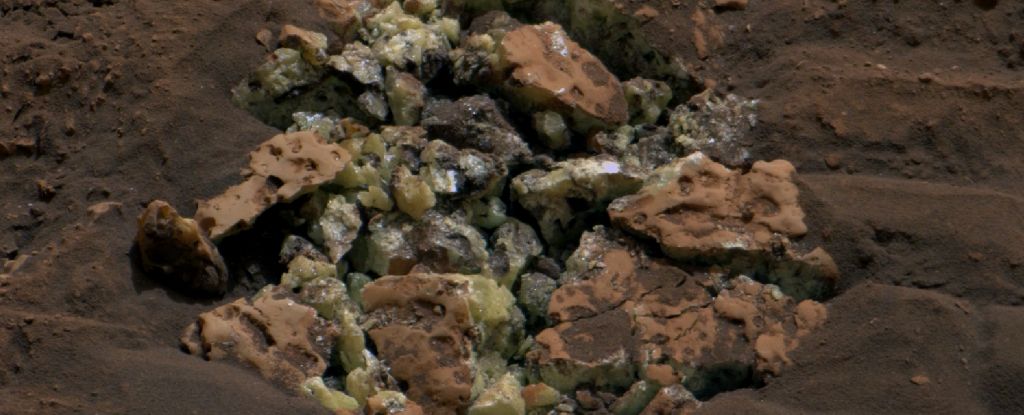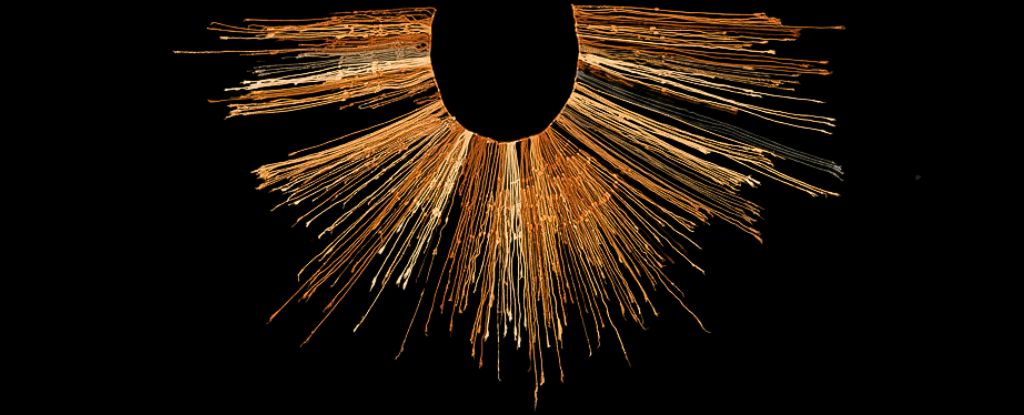If the Mercury Mammals like us have an advantage over so-called cold-blooded animals; Our muscles can act as furnaces, generating the heat needed to keep our body temperature stable by converting fuel into movement.
But even when we’re relaxed, our muscles can still produce heat – a trick called muscle-based thermogenesis.
As you read this article, you should know that the development of muscle-based thermogenesis was an important step in your evolution that allowed your ancestors to spread to less tropical environments around the world.
Now Australian researchers have identified a specific way in which mammalian muscle tissue evolved from that of cold-blooded, or “ectothermic,” animals.
“Cold-blooded animals, like frogs and toads, and warm-blooded mammals, like humans, use the same basic muscle structures to generate power for posture and movement.” said one of the authorsBiomedical scientist Bradley Launikonis from the University of Queensland.
But mammals achieved their geographic freedom by altering the way the concentration of calcium ions in their resting muscles is regulated, setting them on a different course than our cold-blooded relatives. This adaptation allows mammalian muscle cells to tolerate higher concentrations of calcium in the surrounding fluid, requiring the muscle to expend energy to flush out the calcium.
The calcium ion pumps in the skeletal muscles ensure that the calcium ion level remains constant. previous research has shown that the activity of the pump also affects how much heat skeletal muscle generates when it is at rest.
Even small amounts of heat generated in each muscle fiber will add up when enough skeletal muscle covers the body so that internal temperatures remain constant in cooler environments. Add some insulation and that heat energy can go a long way.
The researchers studied the muscle fibers of mammals and those of cold-blooded animals and compared how they functioned under the same conditions, finding that each resisted the effects of increasing concentrations of calcium ions in different ways.
They analyzed dissolved calcium in muscle fibers of cane toads, mice and people with malignant hyperthermia, a condition often caused by a mutation in a ryanodine receptor that increases the likelihood of calcium channels opening when exposed to a stimulant.
Ryanodine Receptors (RyR) are intracellular calcium channels in animal tissues such as muscles and neurons through which calcium ions flow. Calcium ion pumps work in the opposite direction and pump calcium back in the other direction to restore balance in the cells.
One type called RyR1 is expressed in mammalian skeletal muscle, whereas cold-blooded animals express two types of the receptor in their skeletal muscle, αRyR and βRyR.
The results of this study showed that in mammals, an abrupt increase in calcium in the fluid surrounding resting muscle fibers causes the ions to accumulate in a membrane-covered compartment inside cells called the sarcoplasmic reticulum, rather than being released quickly .
Normally, an influx of calcium ions into muscle cells triggers RyR channels to release more calcium into the cell’s cytoplasm, triggering a cascade that leads to muscle contraction. However, mammals seem to have developed some resistance to rising levels of calcium in their muscle cells.
This is important as it allows a steady egress of calcium ions from the sarcoplasmic reticulum, forcing the calcium ion pump to work harder and generate more heat.
It appears that the loss of a form of RyR contributed to making mammalian muscles less sensitive to calcium ion triggers, which in addition to supporting their metabolism endothermy.
The research advances our understanding not only of mammalian evolution but also of our own health, and lays important foundations for understanding how our muscles burn energy, even if we just relax and read another amazing ScienceAlert article.
This research was published in the journal The Proceedings of the National Academy of Sciences.





